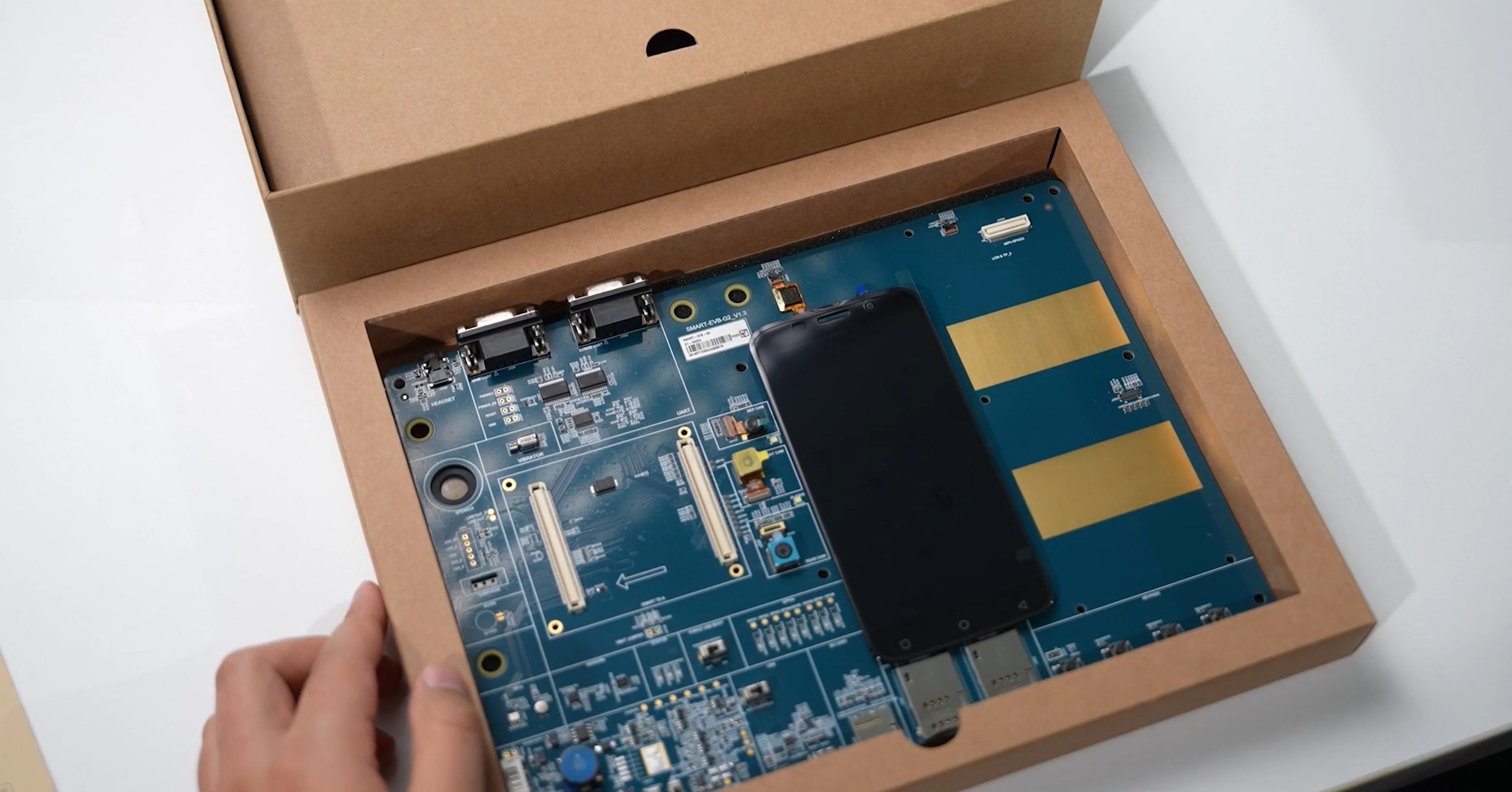Why choose smart modules for your IoT project?
Smart modules are bringing greater capabilities than ever before to connected devices. By combining previously distinct functionalities such as computing, graphics processing, data storage and connectivity into a single compact item of hardware, developers can radically simplify their designs and reduce the number of components and vendors involved in a device’s bill of materials. Another significant benefit is that they ensure that the components they accommodate are pre-integrated and therefore customers can be confident that different functions will interoperate smoothly.
Beyond simplification of design and acceleration of manufacture and deployment, smart modules also offer improved scalability and security in comparison to traditional modules. Many variants offer secure boot and secure operation capabilities as part of an all-in-one solution. Fewer discrete components means a compacted threat surface that is easier to defend and monitor.
Use cases for smart modules
Smart modules are used in augmented and virtual reality devices, delivery lockers, digital signage, edge computing devices, in-car entertainment, PDAs and tablets, robotics, smart factories, smartphones, point-of-sale (POS) equipment, home gateways, wearables and vending machines and these use cases are only some of the possible applications. Smart modules offer a compelling blend of benefits, as detailed in a Quectel Masterclass webinar which explains how they can benefit IoT developers, which you can view here.
Smart modules present an elegant means for developers and solution builders to simplify designs, reduce size and remove technical limitations while controlling costs and accelerating time to market. While it is acknowledged that smart modules can cost more than simple modules it is worth considering the complete upfront costs of assembling all the relevant functionalities across multiple components and then adding the cost of implementation, integration, installation and the complexities of design and of managing multiple vendors.
For many applications, opting for smart modules which are at the cutting edge of integrated IoT hardware, has clear benefits both in terms of deployment and operation. They can support a wide range of peripheral components such as cameras, Wi-Fi/Bluetooth and GNSS connectivity in addition to cellular, memory and SD cards and eSIMs and embedded universal integrated circuit cards. In addition, they offer a wide range of interfaces including USB 2.0 and 3.0, USB type-C, 12C, UART and GPIOs, and also offer integrated operating systems such as Linux for industrial IoT applications or Android for commercial solutions.
Quectel’s range of smart modules plus the extensive product families of variants that it produces were detailed in the Masterclass which also sets out the regional variations and range of interfaces and connections available from Quectel’s webshop. Quectel develops and manufactures a comprehensive range of that are increasingly fundamental to industries and markets worldwide.
How to build and update firmware for smart modules
Quectel has also hosted a Masterclass titled ‘Building and updating firmware for smart modules’, which sets out how to obtain software developer kits (SDKs) and how to compile and update firmware for smart modules. As more and more are deployed, this is a topic that is of growing importance for IoT product designers as they seek to maximize the benefits from vehicle black boxes to POS terminals and industrial handsets. You can view the Masterclass here.
Smart IoT modules offer far more than simply the addition of discrete functionality within the module, they also can provide the processing power for a range of different functions. To achieve this, operating system selection is required. Typically, smart modules utilize Android, Linux or Windows OS but increasingly, alternatives are being adopted. Among these, the Linux Yocto OS is being utilized to develop smart IoT module applications and this topic has been presented in a recent Quectel Masterclass.
The Masterclass, titled ‘Yocto OS-powered smart modules’ sets out how Yocto can be used and its wide-ranging capabilities. The Masterclass includes an introduction to using Yocto, how to achieve project bring up, configuration of peripherals and how to resolve some common issues during the development process. The Masterclass can be viewed here.
Designing intelligent edge IoT applications
A final source of inspiration is Quectel’s Masterclass titled ‘How to design advanced intelligent edge IoT applications with Qualcomm based smart modules’. This Masterclass details Quectel’s collaboration with Qualcomm Technologies, Inc., showcasing how Qualcomm’s advanced Snapdragon chipsets are enabling machine learning and intelligent edge applications. This Masterclass features experts from both tech companies discussing the fundamentals of smart IoT modules, how they impact the industry, and how to best use Qualcomm based Quectel solutions. You can access the Masterclass here.

